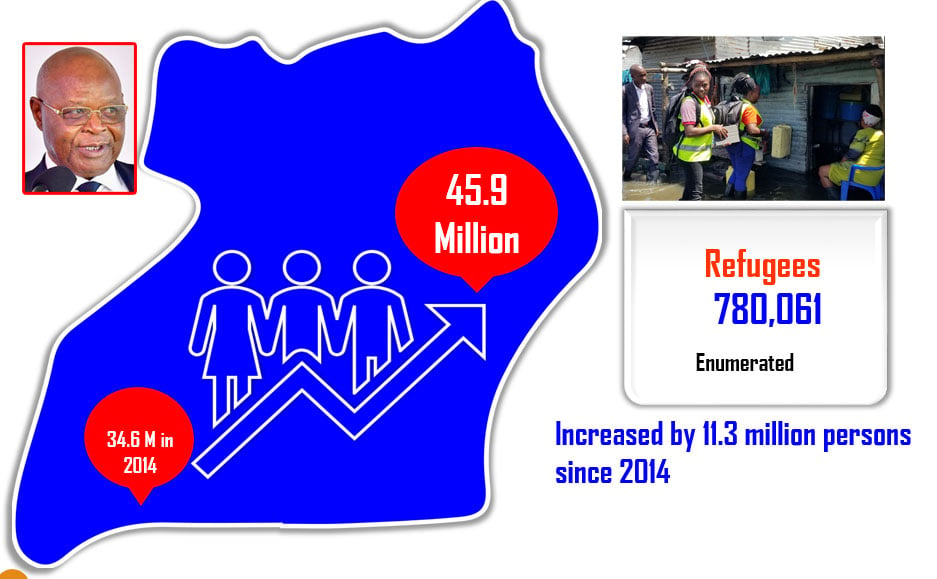Prime
Reviving functionality of referral system in Uganda

An important subject of analysis when looking at healthcare in Uganda is the referral system.
The World Health Organisation (WHO) defines referral as the process in which a health worker at one level of the health system, having insufficient resources (drugs, equipment, skills) to manage a clinical condition, seeks help from a better or differently resourced facility at the same or higher level to assist in, or take over the management of, the client’s case.
It stresses that an effective referral system ensures a close relationship between all levels of the health system to ensure that people receive the best possible healthcare.
The National Development Plan II (NDP II) 2015/16-2019/20 emphasises strengthening the referral system to ensure continuity of care, including the Uganda National Ambulance Services, taking care of hard-to-reach areas such as islands and mountainous areas.
In addition, Health Sector Development Plan (HSSP) 2015/16- 2019/20 sets out key interventions to procure, distribute and maintain appropriate medical equipment at all levels of health service delivery and means of transport at all levels based on need to improve the referral process.
According to the Ministry of Health, the referral system is a formalised system that requires a patient from a lower level facility to obtain a referral note from the health workers in that facility in order to go to the relevant higher level facility.
In practice, however, the referral system in Uganda is not effective although it is stipulated that the different levels of the system are supposed to reinforce and complement each other. This is due to lack of sufficient ambulances and fuel, or both, which prevents patients from quickly transferring from one facility to another in the case of referrals.
The referral mechanism also faces the challenges of insufficient resources, poor road networks or terrain, ineffective system of communication, inadequate relevant emergency medicines and supplies, including blood for transfusion.
Furthermore, limited capacity of the health facilities, especially lower health centres such as health centre IVs to handle emergency cases ie Caesarean section or blood transfusion, has resulted into an increase in self-referrals where patients bypass the lower level facilities, and self-refer themselves to a higher health facilities, which they perceive to be good. This leads to congestion in higher level health facilities with patients with minor ailments, which could have been managed at lower levels.
It is important to note that majority of the deaths occur when patients have either had contact with the health service before the referral on the way to the referral facility or even after reaching it.
Therefore, to revive the functionality of the referral system, both at district and national levels, government needs to improve the transport infrastructure ie transport, communication and IT to support patient, “intimating health units and receiving health facilities” referrals; develop standard effective referral system monitoring toolkit and curriculum that trains health workers on the referral guidelines, including policies that improve referral processes between different health facilities; develop standard referral forms/ registers based on current trends/ needs for healthcare workers at all health units to improve communication and feedback mechanism between referring and receiving facilities, referral data collection, analysis and interpretation and proper use of the referral system information for decision making.
In addition, budget allocations to the health sector should be increased to bolster procurement of necessary medical equipment, drugs and salaries for health workers, monitoring and evaluation of the referral processes; facilitate supportive supervision to improve healthcare referral services and accountability at all referral levels.
This should be complemented with effective accountability and management of allocations, aid, loans and grants that are channelled to the health sector to effectively build health systems, including the referral system, such that it embodies a hierarchy of quality healthcare where the higher the level, the better the healthcare provided.




